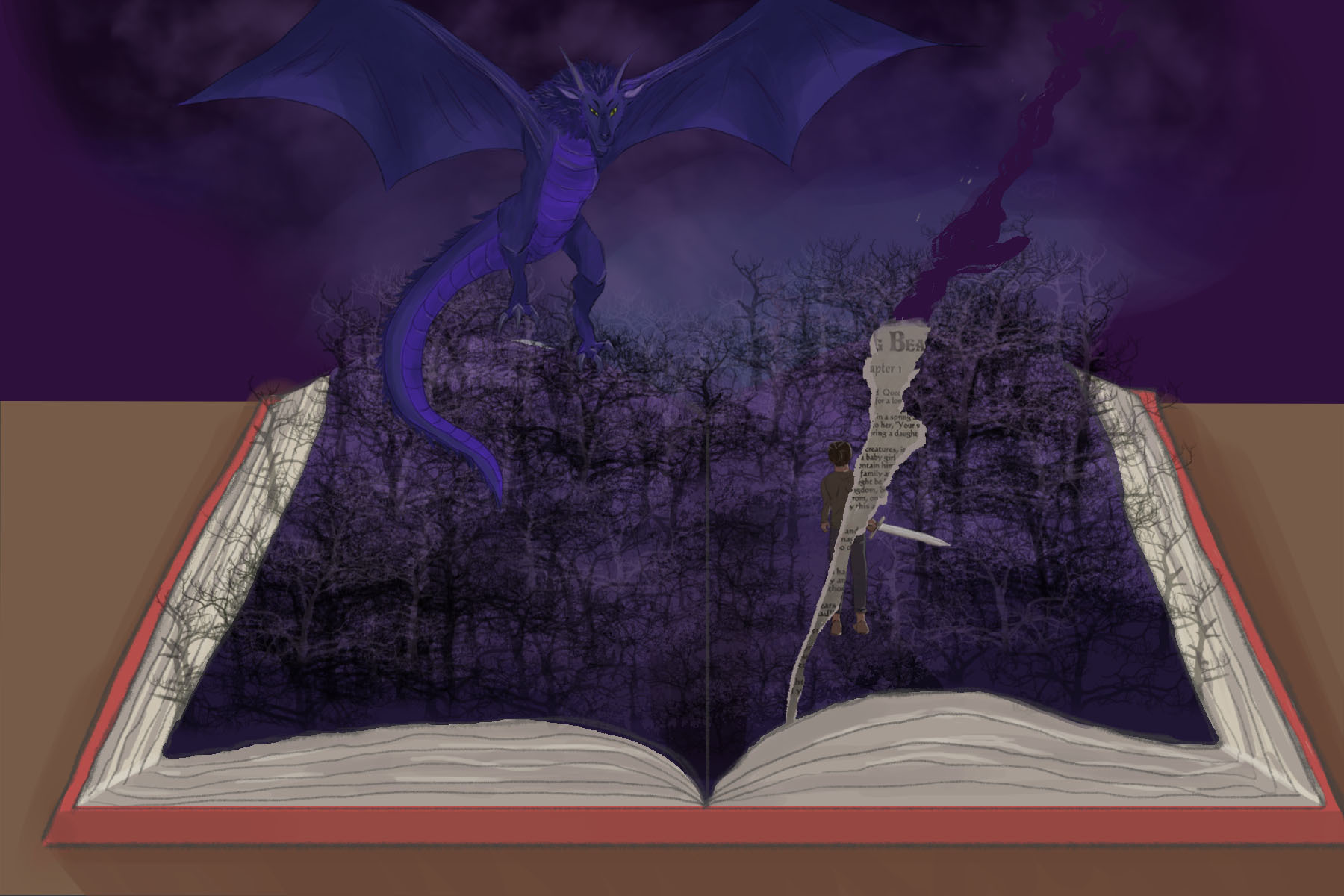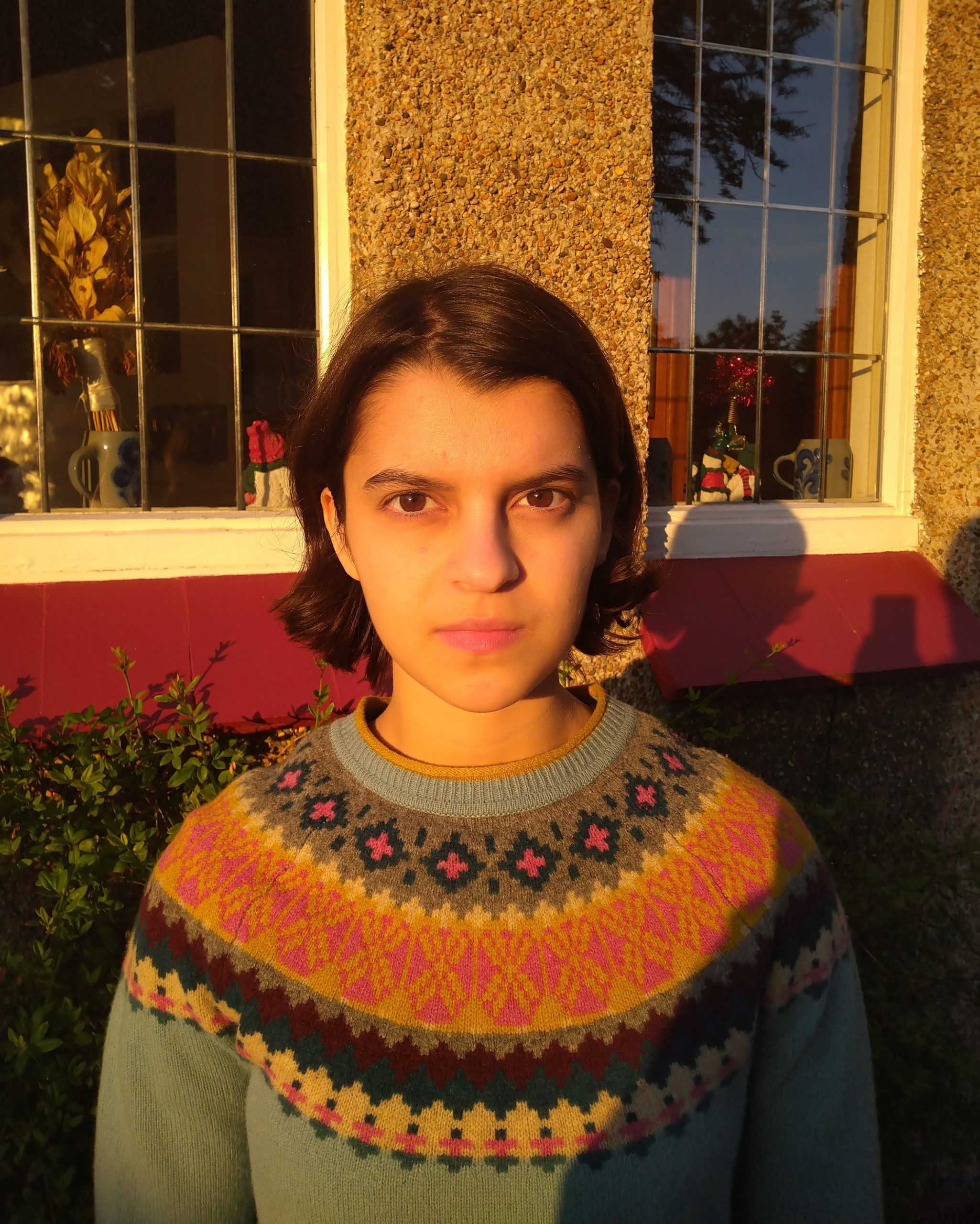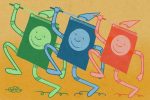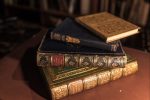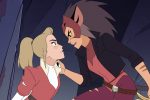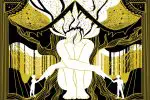The premise of “Chosen Ones,” Veronica Roth’s first novel for adults, is remarkably simple. It’s one we’ve most certainly seen in sci-fi and fantasy before: A darkly powerful entity wreaks havoc on the world, leaving widespread death and terror in its wake. Five ordinary American teenagers are prophesied to be the only people able to defeat this monstrous villain. They vanquish the evil force and save the world. Life goes back to normal.
This is the classic “Chosen One” trope, which has been used in everything from “Dune” and “Lord of the Rings” to more modern offerings like “Harry Potter” and Roth’s own “Divergent” series. A lonely young figure (usually white and male) has special abilities that set them apart from others. They are then chosen, often by a mysterious prophecy, as the only person who can vanquish the evil darkness and save the world.
Subversion of the Classic Trope
While familiar fictional narratives merely play homage to the Chosen One trope through varying degrees of self-awareness, Roth’s use of the trope is intentional and subversive.
From the outset, Roth refutes the apparent individuality of the Chosen One, the unique and special qualities that set them apart from the rest of the world, by including five of them. Not wanting to pretend they are anything else, Roth clearly labels them: “Chosen Ones.”
And instead of hiding the cliché characterization of a two-dimensional “Dark Lord” figure behind a strange name or troubled backstory, the villain of “Chosen Ones” is stripped down to his archetypal roots and aptly named the “Dark One.”
Beginning at the Ending
Yet, the most innovative aspect of the book is that it doesn’t simply weave another humdrum tale, one that begins with a prophecy about special teenagers chosen to save the world and ends with a final battle where the dark force is defeated. Instead, it begins where these stories usually end, asking “What happens to the Chosen One after they kill the villain and save the world?”
Born from a thought experiment where Roth hypothesized about what would have happened to Tris from “Divergent” had her story ended differently, “Chosen Ones” visualizes the aftermath of saving the world. What would the psychological impact of saving the world be? Would humanity’s teenage savior ever truly recover from the trauma of killing a dark lord? How would the hero cope with the fame thrust upon them after such a momentous event? Could they develop into a fully-functioning adult?
Not constrained by a dystopian setting and the thematic confines of her previous young adult literature, “Chosen Ones” allows Roth to answer some of these hitherto unexplored questions. Set 10 years after its titular champions defeat the Dark One, the book follows the lives of the heroes as they gather to celebrate the 10th anniversary of the battle.
The Chosen Ones are now adults and the most famous people in the world. Not only are the characters coping with the past trauma they experienced at the hands of the “Dark One,” but they must also must navigate how to live a life they were never prepared for, having been trained to defeat a dark overlord and save the world since adolescence.
Some of the Chosen Ones cope with their burdensome cocktail of trauma and fame better than others — some agree to book deals and interviews, while others want to run from it. Roth developed the five main characters according to how they cope with fame.
https://www.instagram.com/p/CAp9-PPAmpm/
The Titular Heroes
Prickly protagonist Sloane despises fame and wants nothing more than to be left alone. Suffering from PTSD, part of her is always consumed by her trauma, and her nights consist of taking medication and reliving past nightmares.
Similarly, the sensitive Albie, who was tortured by the Dark One, struggles with the fact that he is famous for “the worst thing that has ever happened to [him].” His coping mechanisms cycle between drug binges and overdoses. Ines, who lives with Albie platonically, manifests her paranoia by setting up traps for potential intruders in their apartment.
Chosen-One-turned-social-media-influencer Esther boasts a personal lifestyle brand and a hefty Instagram following.
Finally, Sloane’s boyfriend, Matt, is the “Chosen One among Chosen Ones.” He views his fame as a responsibility, a duty he must bear to help the world, whether that involves graciously speaking at events or signing petitions for schoolgirls to further their social justice causes.
Modern Social Issues
In this way, Roth thoroughly de-romanticizes the Chosen One trope, transplanting it from its archaic fantasy origins to the modern world. Additionally, the modern setting of “Chosen Ones” allows relevant social issues relating to racism and misogyny to be explored.
Sloane’s introduction in the novel via a sickeningly misogynistic magazine article, in which the male interviewer views her only as a sexual object, provides an important critique of the media’s treatment of female celebrities. Even though she saved the world, Sloane is still told to “smile more” and is expected to radiate an approachable charm as a woman.
Meanwhile, although three of the Chosen Ones are people of color, some members of the public like to ignore the role they played in saving the world. As a Black man, Matt especially faces racist vitriol.
Despite Matt being the primary person responsible for the victory against the “Dark One,” groups like the “All Chosen movement” advocate for emphasizing the role of the other Chosen Ones over him. There are also supporters of the “Dark One,” fascist fanatics who worship him as humanity’s solution to wipe out the weak; they view the Chosen Ones as murderers.
Nonetheless, while the diversity of the Chosen Ones makes a welcome change from the usual white male saviors from fantasy and sci-fi, it doesn’t negate the characters’ tendency to conform to archetypes. Sloane herself can be connected to three such tropes.
Traditional Tropes
If this were a traditional Chosen One narrative, Sloane would have been the love interest, the romantic object of the Chosen One’s affections, who is awarded to them after they defeat the evil force. In Roth’s book, Sloane’s tough, angry demeanor (described by Matt as a “hard candy shell”) and her selfish attitude make her the perfect example of an anti-hero.
Roth found it liberating to write a female character who didn’t care if people hated her, describing Sloane as “wish fulfillment.” Others believe Sloane is the archetypal “cool girl,” whose contempt for stereotypically feminine interests makes her “not like other girls.”
In secretive government official Bert, who is involved in training the Chosen Ones, we can see echoes of the mentor figure from traditional Chosen One narratives. They are the parental figures who act as a guide to the hero while simultaneously hiding information from them.
Matt, with his unswerving and slightly one-dimensional ability to do nothing wrong, is a typical “golden boy.”
Raising Important Questions
“Chosen Ones” most interestingly achieves its subversion of the Chosen One trope through its commentary on growing up. The book, quite rightly, questions why we lay excruciating burdens on young people, force teenagers to make decisions they are not yet ready for and look to other people to save the world. What does this tell us about our tendency to rely on individual saviors, rather than collective action?
Roth also uses the Chosen One trope as an allegory for the listlessness of newly becoming an adult. Having already come of age and achieved the successes you have been working toward your entire life (school, college, a job,) what is left upon reaching adulthood? What happens after you achieve the greatest thing you’ll ever do, whether that’s saving the world or graduating from college?
For Sloane, saving the world becomes something she can never again live up to, and she views her life as a depressive downward spiral from then on. She says at the beginning of the book, “It was a strange thing, to know with certainty that you had peaked.”
But there is hope in the unconventional narrative that “Chosen Ones” weaves. An unexpected twist, which takes place around a third of the way through the book, suggests we don’t have to replay past glories to achieve a ghost of happiness.
With regard to the question of how saving the world once can ever be surpassed, there is always another path we can take — perhaps one that will give us the opportunity to save the world again.


